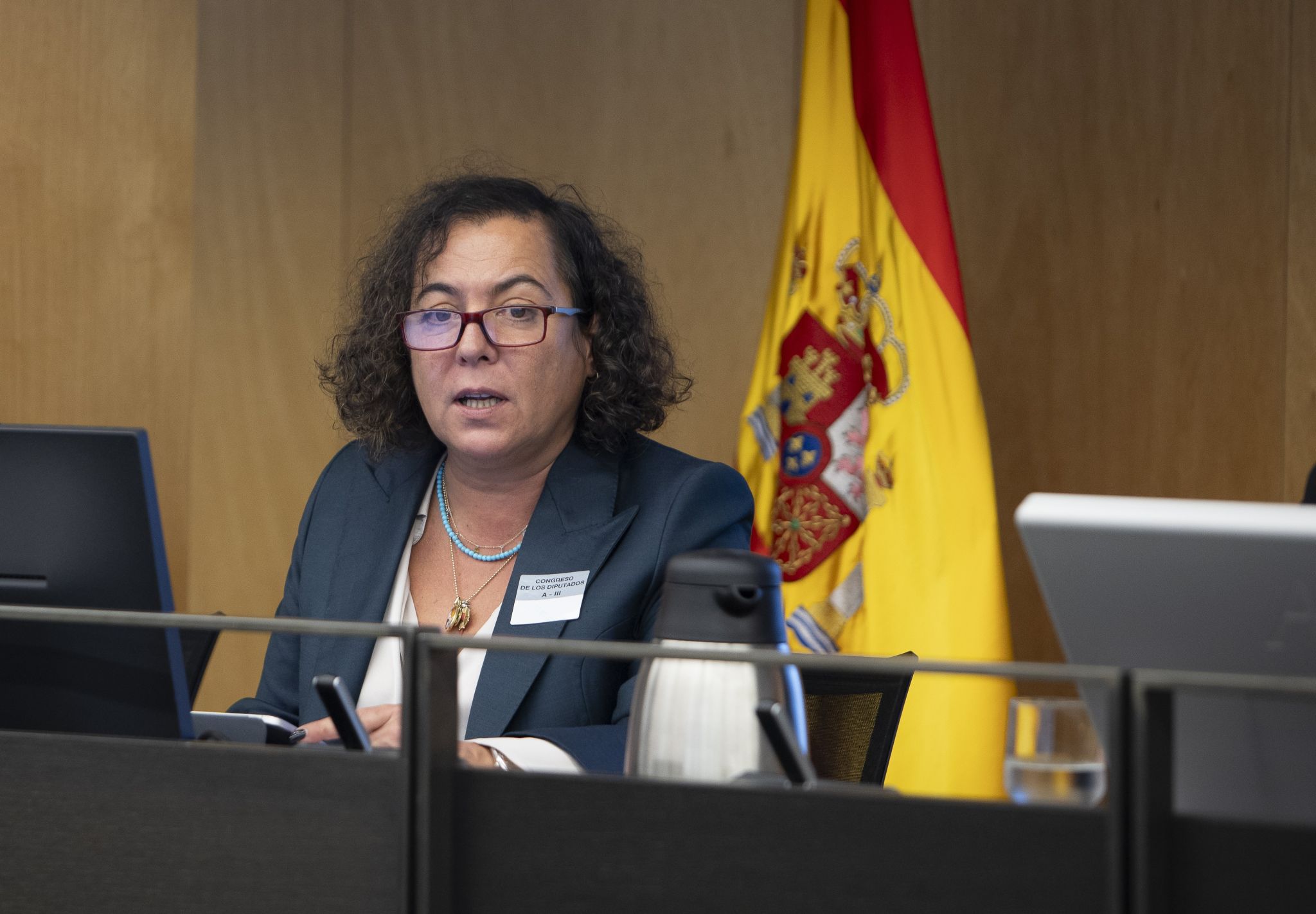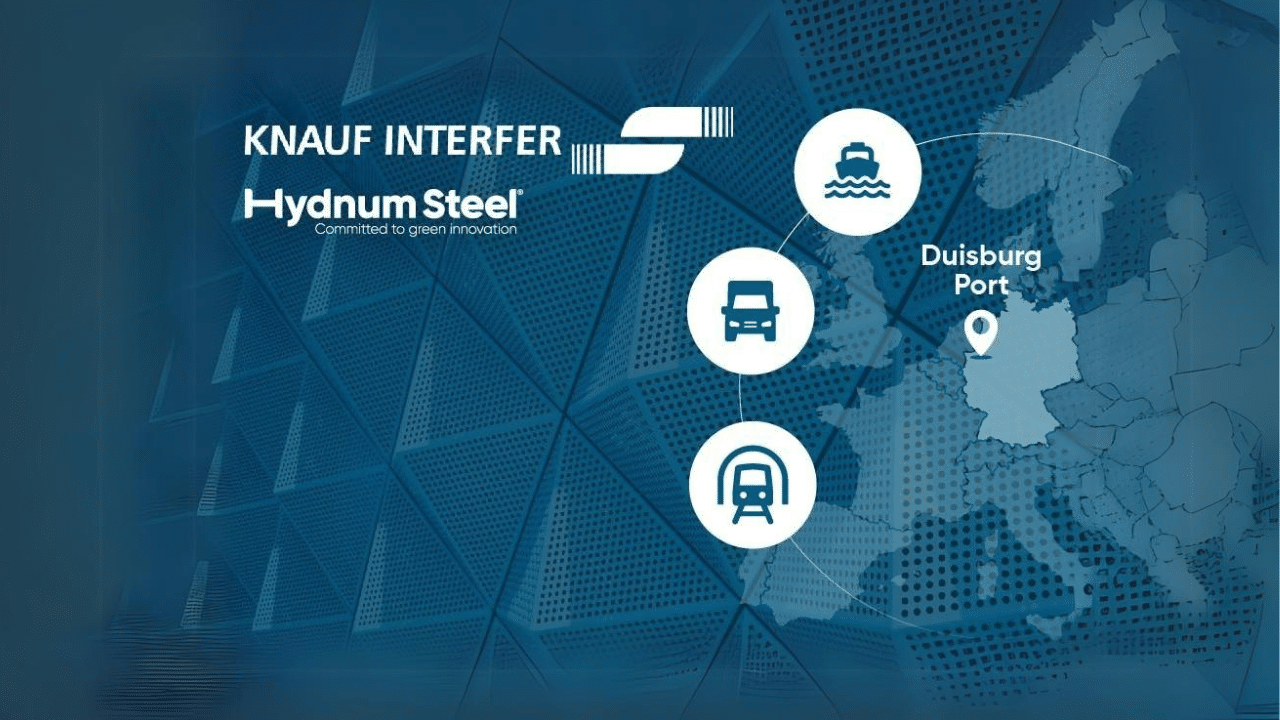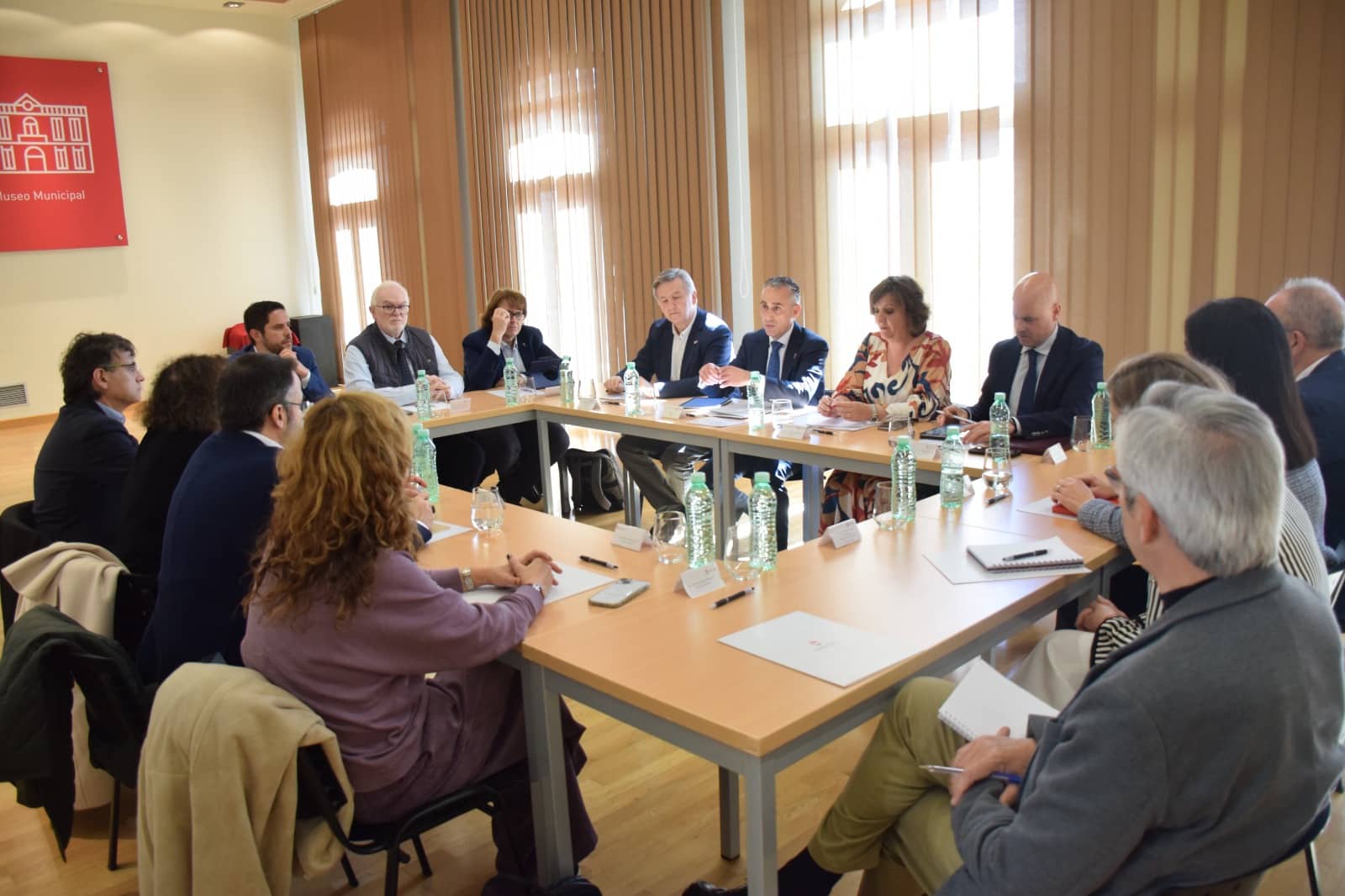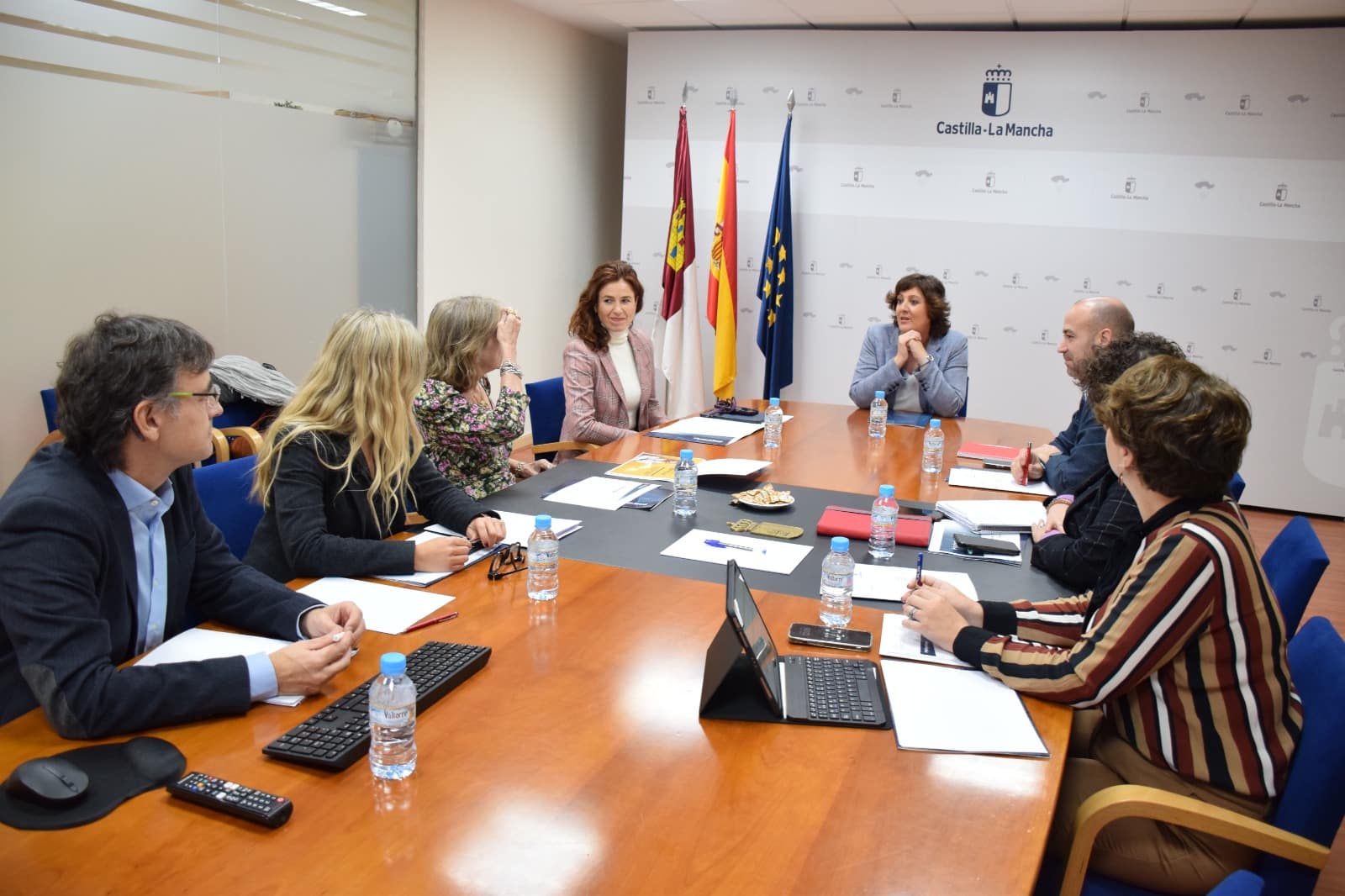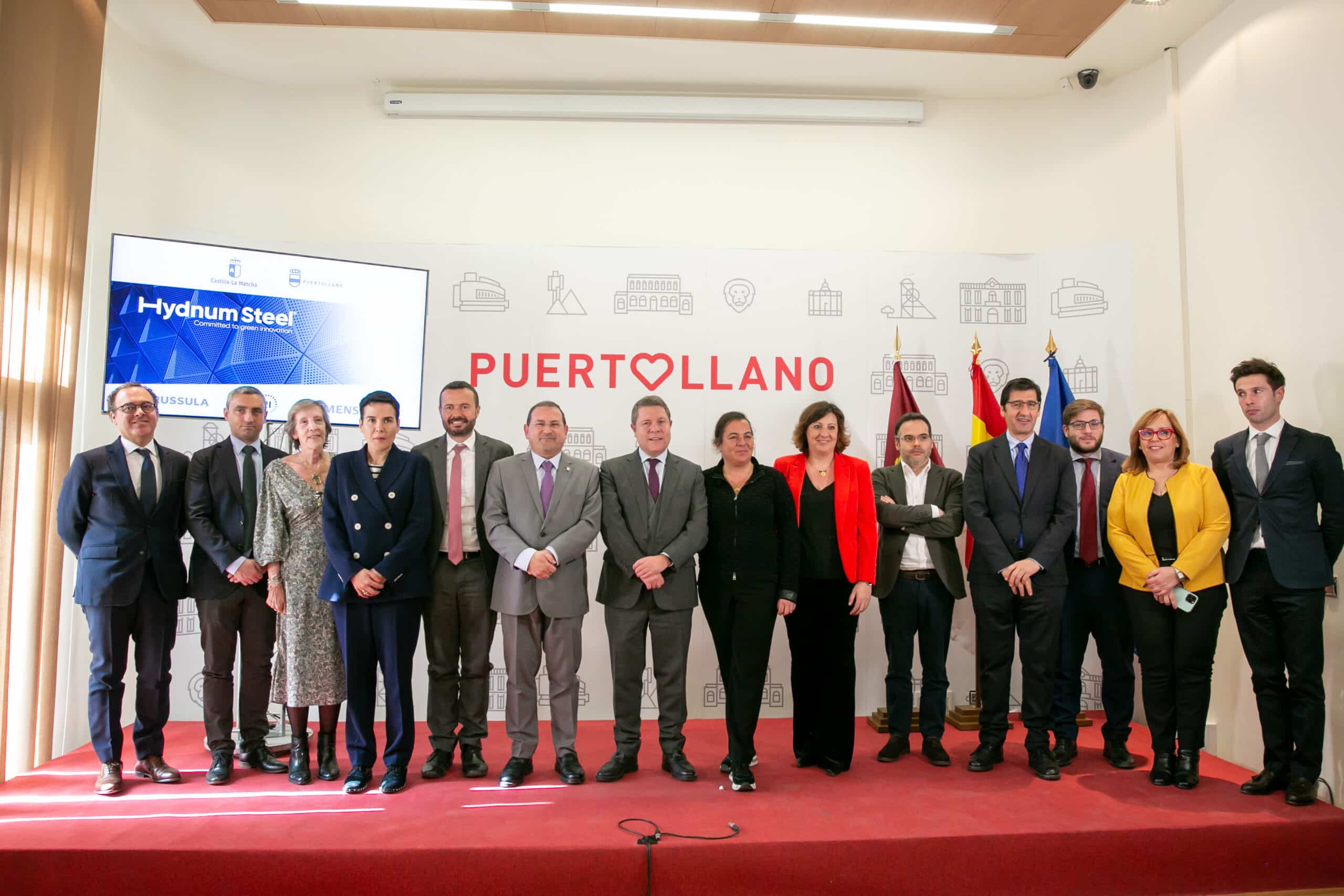Hydnum Steel and Siemens present an innovative concept to drive Spain's first green and fully digitalized steelworks
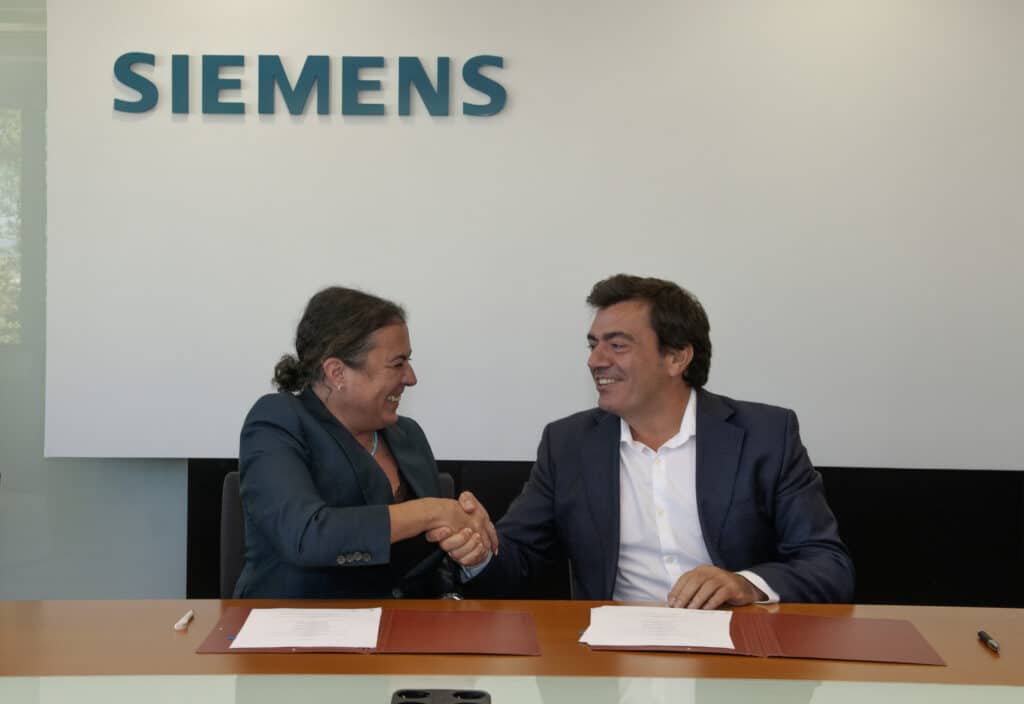
- The project has just submitted its application to the Strategic Projects for Economic Recovery and Transformation (PERTE) of Decarbonization (Line 4), highlighting a pioneering approach.
- The plant will employ key technologies such as the AI model-supported Digital Twin, part of the Siemens Xcelerator portfolio.
- Ambitious decarbonization targets are set to eliminate CO2 emissions, establishing a clear departure from the high levels of traditional steelmaking.
- The new generation plant will use non-fossil energy throughout its production process.
- Hydnum Steel will become a benchmark in water sustainability thanks to its innovative system, capable of regenerating and reusing urban and industrial wastewater, completely eliminating discharges into the environment.
- The project was created with the aim of reinforcing the strategic autonomy of the Spanish and European steel market.
- It will have a positive impact regarding the reduction of the carbon footprint in key industries for the Spanish economy, such as the automotive, and shipbuilding sectors.
After being recently designated as a Priority Project by the Castilla-La Mancha Regional Government, and recognised by the World Economic Forum as one of the five most innovative projects at a global level in the decarbonization of steel production, Hydnum Steel continues to make steady progress towards the construction of the first green steel plant in Spain, which will be located in Puertollano (Ciudad Real, Castilla La Mancha). The company has also just submitted its application to the Strategic Projects for Economic Recovery and Transformation (PERTE) of Decarbonisation (Line 4), highlighting a pioneering approach that incorporates technological advances such as the Digital Twin developed by Siemens.
Hydnum Steel and Siemens have opted for an innovative digital concept for the plant. After passing the technological definition phase, the bases of the project have been established, which will integrate the use of the Digital Twin in all the production stages: from the design to the complete start-up of the steel plant. The aim is to radically reduce the carbon footprint, improve energy efficiency and the plant’s competitiveness, while strictly complying with environmental and sustainability regulations.
In this way, both companies join forces to transform the steel industry with a digitally native plant, designed from the ground up with advanced technologies and sustainable solutions from the Siemens portfolio. This strategic partnership will not only improve operational efficiency but will also make a decisive contribution to the decarbonization of the sector, setting a milestone in emission-free steel production in Europe.
Agustín Escobar, president and CEO of Siemens Spain, stresses that ‘the project will have a positive impact on reducing the carbon footprint not only in its own facilities, but also in key industries for the Spanish economy such as the automotive or naval sectors. It is, without a doubt, a project that is born with the vocation of reinforcing the strategic autonomy of the Spanish and European steel market’.
Eva Maneiro, CEO of Hydnum Steel, stresses that sustainability is the central pillar of the project: ‘It’s not just about producing steel but doing it in a way that is fully aligned with global sustainability goals. By integrating advanced Siemens technologies, we ensure that every stage of our production process is efficient and, at the same time, actively contributes to the fight against climate change. Our commitment is to demonstrate that decarbonization and competitiveness can not only coexist but represent the future of the industry’.
The Siemens proposal includes a detailed pre-development process, which includes the different simulation tools presented in the Siemens Xcelerator portfolio. During the engineering phase, NX software will be used to create a complete digital model of the plant based on 100% environmental criteria. The Tecnomatix digital tool will enable the simulation and optimization of manufacturing processes, ensuring that each stage of production is efficient and sustainable.
The project also includes the integration of both Information Technology (IT) and Operational Technology (OT) worlds of the new green steel factory from its origin, with the aim of immediately capturing all the valuable data generated by the plant in order to monitor, analyze and make the best decisions with the ultimate goal of reducing the carbon footprint as much as possible.
To this end, Siemens has two strategic tools at its disposal. The first of these is Energy Manager Pro, which controls, monitors and manages energy consumption in production. The second is SiGREEN, a new product in Siemens’ sustainability portfolio, which is designed to accurately quantify and audit the carbon footprint of the material produced.
Finally, Siemens Advanta will help develop a Global Data and Artificial Intelligence Platform to consolidate information from the different systems, both IT and OT, and apply AI models to optimize all the plant’s production and energy management processes.
Leaders in industrial sustainability in Europe
These advanced digital technologies enable Hydnum Steel to set ambitious decarbonization targets, including eliminating CO2 emissions, in clear contrast to the high levels of traditional steelmaking. It will be the first facility of its kind in Spain and one of the first in Europe to be designed from the ground up to use non-fossil energy throughout the manufacturing process.
In addition, the Puertollano plant will be equipped with technological solutions that guarantee circularity, maximizing the use of scrap as a raw material and optimizing the efficient use of water.
Hydnum Steel stands out for its innovative and sustainable approach to water management. The plant will reclaim and reuse water from urban and industrial wastewater treatment plants, minimising the use of fresh water and conserving water resources. Its zero liquid discharge (ZLD) technology ensures that all water used in the plant is treated, recycled and reused, completely eliminating discharge to the outside. This makes Hydnum Steel a benchmark for water sustainability in the steel industry.
Hydnum Steel has three key objectives: (i) to meet the growing demand for flat steel in Europe, with a deficit of more than 5 million tonnes in the Iberian Peninsula alone; (ii) to strengthen European industrial autonomy in a complex geopolitical environment; and (iii) to accelerate decarbonisation in one of the most polluting industries, responsible for up to 9% of global CO2 emissions.






